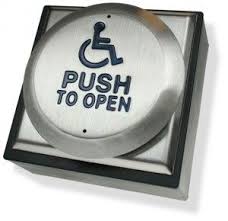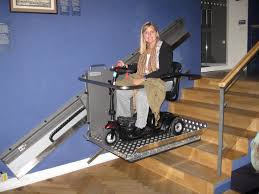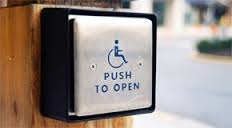 August 2019
August 2019
Some are finding their “accessible” communities not quite as accessible as presumed. At times it may appear impossible to meet the varied needs of all residents.
Building standards intended to make communities more accessible to those with disabilities and limitations have proven helpful but inadequate. Common areas that remain partially inaccessible may seem ill-considered to those who have invested tens of thousands of dollars retrofitting a condo suite for it to be truly accessible.
Ontario’s building code mandates that 15 percent of units be “barrier-free”. While helpful, this is not the same as accessible; a term meaning different things to different people.
A more practical approach, one used by Daniels Corp, is to test units for accessibility rather than limiting themselves to current building standards. Doing so identified doorways some are unable to navigate, inaccessible showers and balconies, and cabinets that were too high. All were in compliance with current “barrier-free” standards.
These insights are now being incorporated into future Daniels condo developments. All suites will now include electric door openers, wider doorways, swing doors and low thresholds for balconies, lower cabinets and islands. At least one bathroom will include a hand-held faucet, roll-in shower, grab bars and under-sink clearance. Purchasers will be able to request additional accessibility options to include a side-opening oven, lower counters, under-sink and cooktop clearance, double-door fridge, dishwasher drawer and pullout counter below the stove.
Common areas will include electric door openers at all entrance doors. There will be lower concierge desks.
These accessibility modifications are expected to make condo communities more accessible to more people while helping keep condo fees lower by reducing future renovation costs.





